________________________________________________________________________________
Skid Steer Loaders / Caterpillar Skid Steer Loaders / Cat 226B3Caterpillar 226B3 Skid Steer Troubleshooting

The Cat 226B3 skid steer loader is powered by 134.1 cu.in (2.2L) Caterpillar C2.2T 4-cycle 4-cylinder direct injection turbocharged diesel engine with a rated power of 56 hp (42 kW) at 3000 rpm. The Caterpillar 226B3 is equipped with 1-speed hydrostatic transmission, radial-lift loader boom, 80HS continuous roller chains, and 10x16.5 tires. The hydraulic system has a pump with fluid flow rate of 16 gpm (61 lpm). The hydraulic pressure is 3335 psi (230 bar). The skid steer loader has a rated operating capacity of 1500 lbs (680 kg) and tipping load of 3000 lbs (1360 kg). The lift height is 112.4 inches (2855 mm) to hinge pin, and dump height is 85.4 inches (2170 mm).
Engine Troubleshooting
Engine starts hard or will not start
Air in fuel system - Bleed fuel system.
Fuel filter plugged - Filter maintenance required.
Burnt or defective injection nozzle - If necessary, replace with a new nozzle.
Dirt or water in fuel system - Drain water or flush dirt from the system.
Valve clearance is not correct - Adjust valve clearance according to specifications.
Fuel injection pump malfunction - Repair or install new pump.
Engine starts and then shuts off
Air filter is dirty - Clean or change filter.
Fuel filter element clogging - Change the filter element.
Fuel injection pump leakage - Check the fuel injection pump for leaks and fix it.
Fuel injectors are dirty or defective - Clean fuel injectors or change it.
Fuel injection pump malfunction - Repair or change injection pump.
Engine stalls during operation
Low coolant temperature - Warm up engine as required.
Fuel filter is plugged - Service or replace the filter.
There is air in the fuel system - Bleed the system.
Fuel injection nozzles fault - Check injection nozzles and replace if required.
Improper fuel injection timing - Use the correct fuel injection pump timing adjustment.
Engine stalls when idle
Incorrectly set low idle speed - Need to adjust idle speed.
Fuel injection pump damage - Repair or change injection pump.
Dirty or defective injectors - Inspect fuel injectors and change as required.
The valve clearance is incorrect - Check and adjust as required.
Engine power is insufficient
Plugged air cleaner - Clean or change cleaner.
Faulty or dirty injection nozzles - Clean or replace injection nozzles.
Fuel injection pressure is wrong - Test fuel injection pressure and adjust it correctly.
Valve out of adjustment - Have it adjusted.
Incorrect low idle speed adjustment - Normalize low idle speed.
Fuel lines or hoses clogging - Service fuel hoses and lines.
Cylinder head gasket defective - Install new cylinder head gasket.
Damaged or leaking piston rings - Replace piston rings.
Engine overheats
Engine coolant is insufficient - Refill to the correct level and inspect system for leaks.
Low engine oil level - Need to add engine oil.
Defective radiator cap or clogged radiator core - Clean radiator or change cap.
Excessive wear of the fan belt - Fan belt must be replaced.
Diesel engine overloaded - Load reducing required.
Low oil pressure
Oil level is insufficient - Need to add oil.
Dirty oil filter - Clean or change engine oil filter.
Improper type of engine oil - Drain crankcase and refill with correct oil.
Incorrect oil clearance in main bearing - Install new bearings.
Defective oil pump - Install a new pump.
Engine knocking or noise
Lack of engine oil - Need to add engine oil.
Coolant temperature is low - Warm up engine as required.
Incorrect adjustment of fuel injection pump timing - Set up as recommended.
Wrong adjustment of low idle speed - Adjust the low idle speed.
Fuel injectors are dirty or defective - Clean or replace fuel injectors.
Faulty or misaligned connecting rod - Connecting rod must be aligned or replaced.
Worn or broken pistons - Replace the pistons as required.
Drive system won't operate in either direction
Insufficient hydraulic oil - Fill the system to proper hydraulic oil level.
Worn drive chain - Check drive chain and change defective components.
Worn input drive shaft - Change or repair.
Defective relief valve - Service or change relief valve.
Dirty suction line or hydraulic filter - Check, clean, or change if necessary.
Worn or defective hand or foot controls - Repair or replace.
Drive motor or pump failure - Replace or repair faulty component.
Loss of power
Dirty hydraulic oil filter - Change or service hydraulic filter.
Relief valve is damaged or open - Change or close relief valve.
Defective or worn transmission parts - Check and replace faulty components.
Input drive shaft is damaged - Repair or replace drive shaft.
Hydraulic system is leaking air - Air bleeding is required.
Drive system keeps overheating
Hydraulic fluid is insufficient - Checking hydraulic fluid level and add if necessary.
Hydraulic fluid filter is dirty - Replace or clean hydraulic filter.
Relief valve is damaged or worn - Repair or replace relief valve.
Hydraulic motor or drive pump failure - Inspect and change as required.
Dirty oil cooler - Cooling fins should be cleaned.
Drive system overload - Reduce the load.
Drive system is excessively noisy
Oil viscosity is too heavy - Use correct oil viscosity.
Air trapped in hydraulic system - Need to bleed air.
Hydraulic motor or drive pump failure - Inspect and change as required.
Mechanical parts of drive system are damaged or worn - Inspect the components for worn or defect and repair as required.
Hydraulic system overheating
Hydraulic pressure is not adjusted correctly - Correct adjustment is required.
Main relief valve improper adjustment or failure - Set up or change the relief valve.
Hydraulic oil is dirty - Fill up with fresh hydraulic oil.
Lack of hydraulic fluid - Need to add fluid.
Defective hydraulic pump - Repair or install new hydraulic pump.
Lift arm won't raise or lower
Faulty lift controls - Change or repair.
Hydraulic pump failure - Change or repair hydraulic pump if required.
Hydraulic control valve is faulty - Repair or change hydraulic valve.
Hydraulic cylinder is defective - Repair or replace hydraulic cylinder.
Hydraulic oil level low - Fill the system to proper hydraulic oil level.
Bucket won't move
Defective bucket controls - Change or repair.
Defective hydraulic pump - Install new pump or repair it.
Hydraulic control valve malfunction - Repair or change hydraulic valve.
Defective bucket cylinder - Repair or install a new cylinder.
Insufficient hydraulic fluid - Add fluid as required.
Slow bucket or lift arm operation
Hydraulic pump is worn - Check the pump performance and replace it if required.
Hydraulic cylinder leaking - Change cylinder piston seals.
Insufficient hydraulic fluid - Add fluid as required.
Damaged or incorrect adjusted hydraulic control valve - Repair or adjust properly.
Hydraulic system loosing pressure - Adjust pressure correctly.
Bucket or boom movements are jerky
Air in hydraulic system - Need to bleed air.
Hydraulic oil filter clogging - Service or replace the hydraulic filter.
Hydraulic fluid is dirty - Fill up with fresh hydraulic fluid.
Cylinder rod or tube is scuffed - Replace worn component.
Excessive hydraulic pump noise
Hydraulic leakage or lack of oil - Correct hydraulic leaks or top up oil as needed.
Clogged hydraulic filter - Service or replace hydraulic filter.
Dirty suction line - Suction line needs to be cleaned.
Air enters the pump - Need to bleed air.
Damaged pump components - Replace or rebuild the pump.
Battery cannot be charged
Corroded or loose cable connections - Tighten or service cable connections.
Battery terminal clamps are faulty - Replace terminal clamps.
Battery faulty cell - Use a new battery.
Belt is defective or loose - Change belt or adjust belt tension.
Starter cranks slowly
Low battery capacity - Battery is drained, charge it.
Battery won’t hold charge - Battery needs service or replacement.
Wires are disconnected or battery terminals are corroded - Connect wires correctly or change terminals.
Starter doesn't crank
Battery is discharged or worn - Replace or charge as required.
Wiring is incorrectly connected or disconnected - Inspect wiring and connect correctly.
Battery power is low - Recharge the battery.
Faulty starter motor - Replace or repair starter.
________________________________________________________________________________
| BOBCAT SKID STEER AND COMPACT TRACK LOADERS |
________________________________________________________________________________________
________________________________________________________________________________________
________________________________________________________________________________________
| GEHL SKID STEER AND COMPACT TRACK LOADERS |
________________________________________________________________________________________
________________________________________________________________________________________
________________________________________________________________________________________
| CASE SKID STEER AND COMPACT TRACK LOADERS |
________________________________________________________________________________________
________________________________________________________________________________________
________________________________________________________________________________________
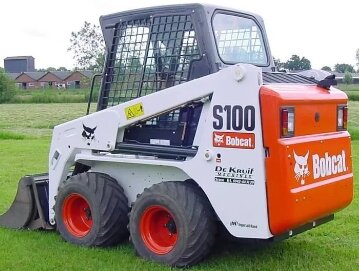 S100
S100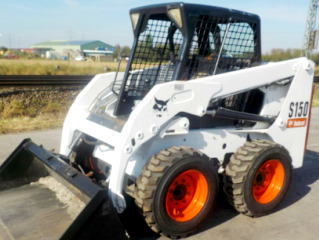 S150
S150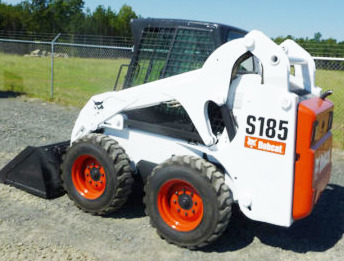 S185
S185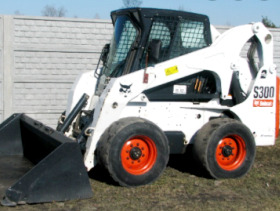 S300
S300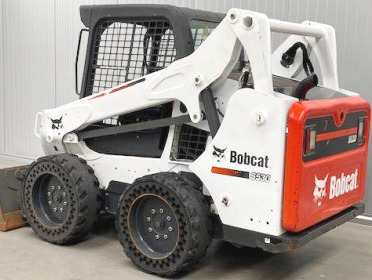 S530
S530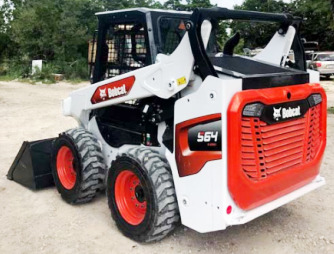 S64
S64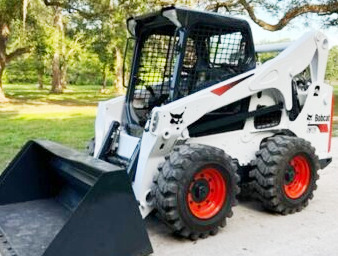 S740
S740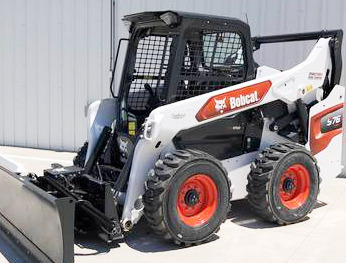 S76
S76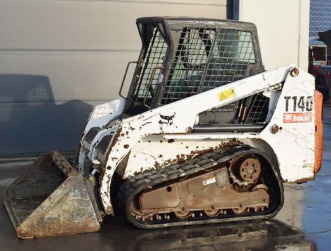 T140
T140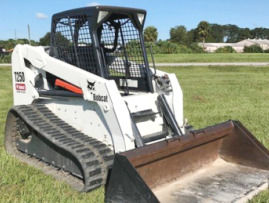 T250
T250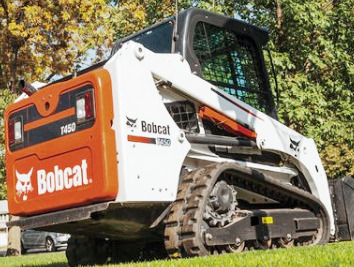 T450
T450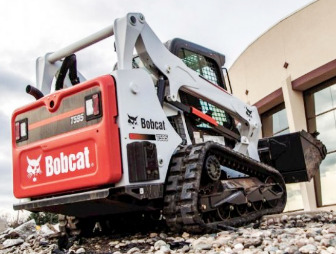 T595
T595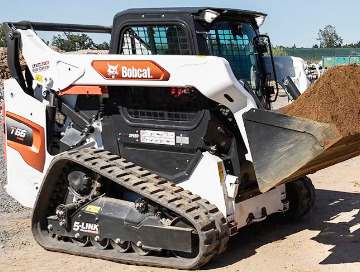 T66
T66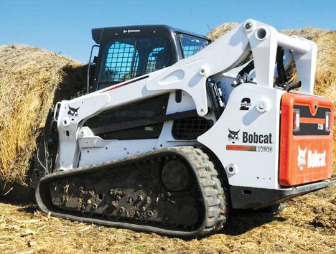 T750
T750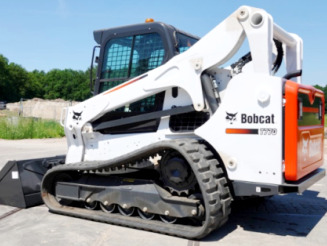 T770
T770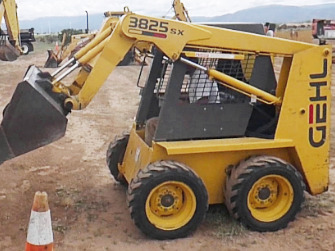 3825SX
3825SX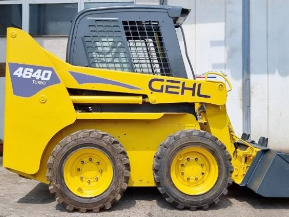 4640
4640 5625DX
5625DX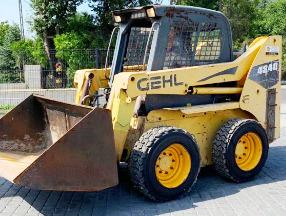 4840E
4840E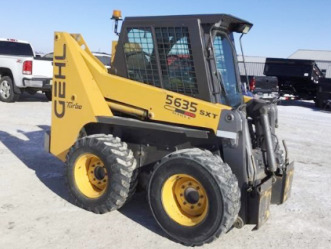 5635SXT
5635SXT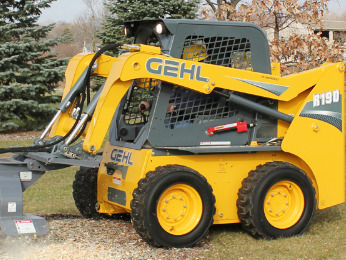 R190
R190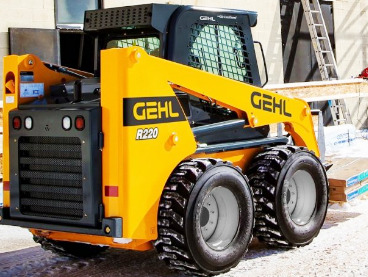 R220
R220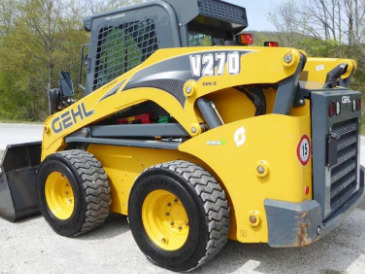 V270
V270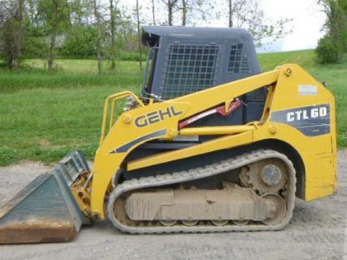 CTL60
CTL60 CTL75
CTL75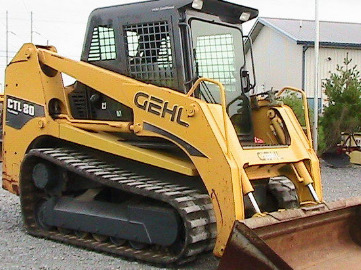 CTL80
CTL80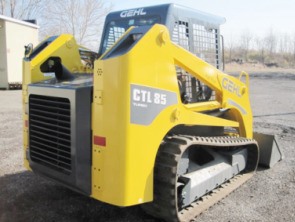 CTL85
CTL85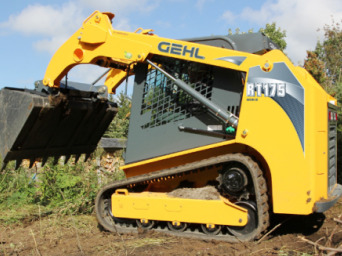 RT175
RT175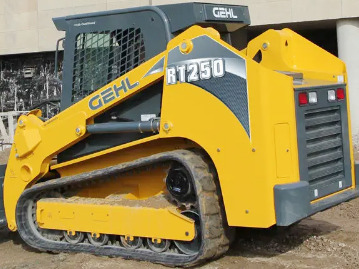 RT251
RT251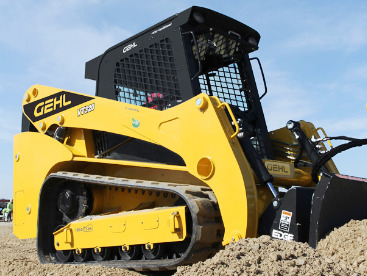 VT320
VT320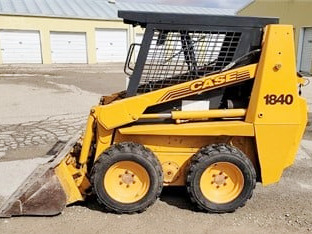 1840
1840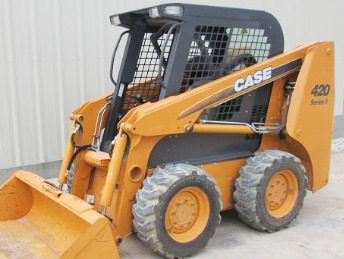 420
420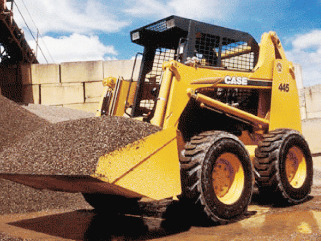 445
445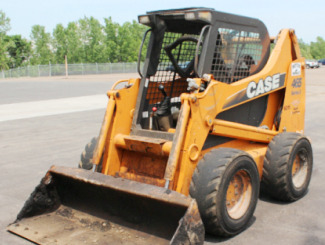 465
465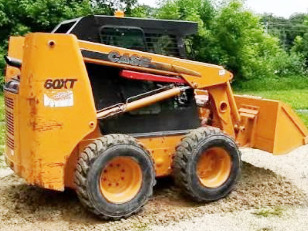 60XT
60XT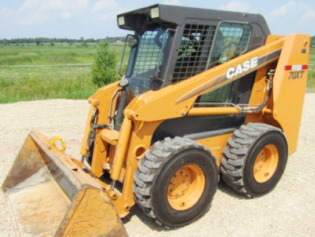 70XT
70XT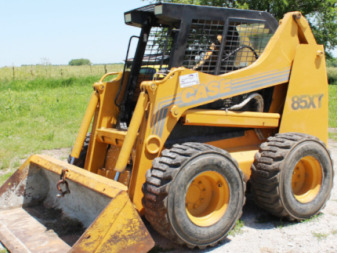 85XT
85XT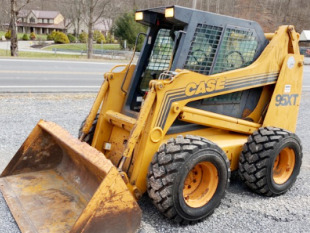 95XT
95XT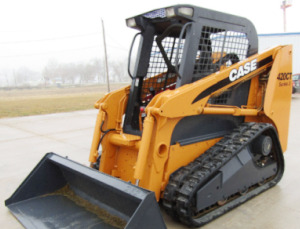 420CT
420CT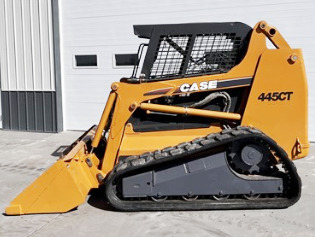 445CT
445CT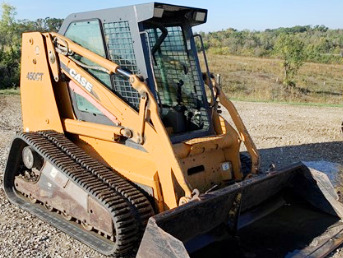 450CT
450CT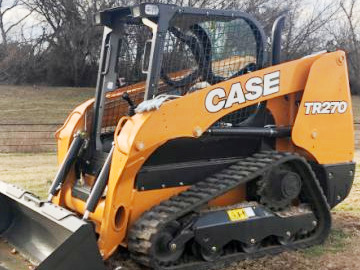 TR270
TR270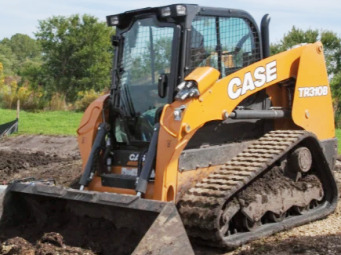 TR310B
TR310B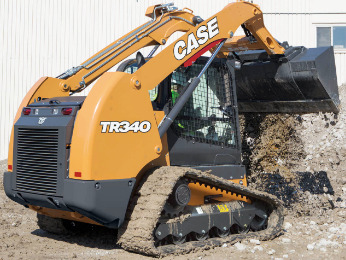 TR340
TR340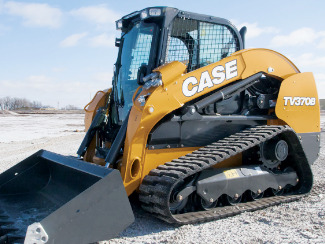 TV370B
TV370B